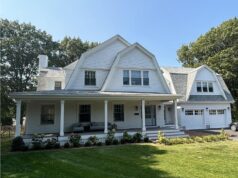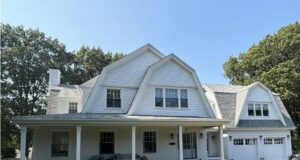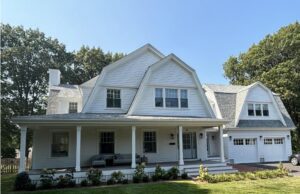How Much Demographics Changed Of First Home Buyers In Last 20 Years

With over 5 million homes sold in the USA in 2019 alone, there are a lot of people selling homes. Some will sell their home with the help of a realtor, and others will use different online resources to assist.
Buying a home is a life goal that many people have. There are several great benefits of buying a home, and it offers a place where you can truly be yourself and have full control over all of the design and renovation decisions. But who is buying these homes?
Well, the demographic of people buying a home has changed a lot in the last few decades. The average buyer in 2020 is quite different from their counterpart in the year 2000 planning their future and retirement. This article is going to look closer at just how much the demographics of first time home buyers has changed.
First, we’ll begin by looking at the demographics of home buyers in the 2000s, and then compare them to what homebuyers looked like throughout the 2010s.
Home Buyer Demographics in 2000-2010

In order to do a fair comparison, we first need to look at the first time home buyer demographics in the 2000s. The median age for someone to buy their first home in the 2000s was around 31 years old. Well over half of the people who were buying their first homes were married couples, as well. Unmarried couples made up barely over 30% of the first time home buyer market.
Of course, people of all walks of life and races were buying homes, but the rates of homes being bought were not equal. Caucasians were responsible for just shy of 70% of the first time home buyers throughout the 2000s.
Also, home prices were relatively low, and this allowed those with a more modest income to purchase a home and not struggle financially. Mortgage rates through most of the decade were also incredibly low, which saw home ownership rates get quite high during the 2000s. As you likely know, this eventually led to the housing market crash that caused thousands to lose their homes. The eventual housing bubble bursting unfortunately had a long-lasting effect on the housing market that is still felt in some areas.
Home Buyer Demographics in 2011-2020

Now, let’s look at how those demographics have changed in recent years. First of all, the median age of a first time home buyer didn’t change by much, as it remains just over 30. But when you look at the median age of all buyers, the median buyer is now much older than they were in the 2000s. Back then it was around 39 or 40 years old, and now it is in the mid-40s or older.
While the age of first time buyers is fairly steady, that doesn’t mean there are many changes to who first time home buyers were in the 2010s. Many unmarried couples are also buying homes at a greater number than in the past, up to nearly 40%.
This is a far cry from the early 2000s, where most people buying their first home were a married couple. Also, many more people are purchasing homes for multi-generational use, where grandparents or parents might be living in the same home. As you can see, the demographics of home ownership are much more diverse than they were during the 2000s.
The home ownership rate in the 2010s was also much lower than in the previous decade, by around 5% on average. This could be for a number of reasons, such as many people having expensive student loans or house prices simply being too high. The rising costs of living and the housing market still being in recovery could also be reasons. People need to make much more than they did in the previous decade to afford a home comfortably.
Millennials vs. Baby Boomers

We are at the point now where many millenials either own a home or are very close to owning a home. As a result, we felt it would be a good idea to look at millennial home ownership and how it has matched up to a previous generation, baby boomers. 45% of all baby boomers were able to buy their first home between the ages of 25 and 34, whereas only 37% of millenials within the same age range own their own home.
So just why are millennials struggling to buy homes when compared to baby boomers? While there could be several reasons for this, the largest one comes down to cost. When many baby boomers bought their homes, they cost a fraction of the price that a current home does.
Even looking back to 2000, only two short decades ago, the average home price was barely over $200,000, while in 2020, it is currently nearly $400,000. When we look back to when many baby boomers likely bought their homes, the average prices were far below $200,000.
In conclusion, we hope that this article has helped to show you how the demographics of who is buying homes in the USA has changed in recent decades.

















